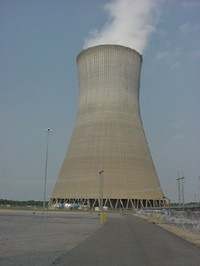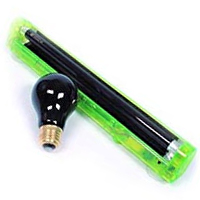Login form
Technology
Computers

You’ve probably known about computers your whole life. But computers have not really been around for very long. Computers started to become popular with big companies in the 1960s. Computers didn’t become widespread in homes and schools until the 1980s.
HOW DO PEOPLE USE COMPUTERS?
People use computers in many ways. Stores use computers to keep track of products and check you out at the cash register. Banks use computers to send money all over the world.
Computers help teachers keep track of lessons and grades. They help students do research and learn. Computers let you hook up to networks (many computers hooked together). They let you hook up to a worldwide network called the Internet.
Nuclear power

Nuclear power plants provide about 17 percent of the world's electricity. Some countries depend more on nuclear power for electricity than others. In
Have you ever wondered how a nuclear power plant works or how safe nuclear power is? In this article, we will examine how a nuclear reactor and a power plant work. We'll explain nuclear fission and give you a view inside a nuclear reactor.
Instant Film
 In 1947, an inventor named Edwin Land introduced a remarkable innovation to the world -- a film that developed itself in a matter of minutes. This new instant camera technology was a huge success for Land's company, the Polaroid Corporation. In 1949, Polaroid made more than $5 million in camera sales alone! Over the proceeding 50 years, the company carved out its own special niche, selling millions of instant cameras and more than a billion rolls of instant film.
In 1947, an inventor named Edwin Land introduced a remarkable innovation to the world -- a film that developed itself in a matter of minutes. This new instant camera technology was a huge success for Land's company, the Polaroid Corporation. In 1949, Polaroid made more than $5 million in camera sales alone! Over the proceeding 50 years, the company carved out its own special niche, selling millions of instant cameras and more than a billion rolls of instant film.
In this article, we'll find out what's actually happening inside instant film while you're waiting for the image to appear. While it may seem like magic, the process is really very simple.
Black light
 You have probably seen black lights at amusement parts, science museums and Halloween displays. Black lights may look just like normal fluorescent lamp or incandescent light bulbs, but they do something completely different. Switch one on, and white clothes, teeth and various other things glow in the dark.
You have probably seen black lights at amusement parts, science museums and Halloween displays. Black lights may look just like normal fluorescent lamp or incandescent light bulbs, but they do something completely different. Switch one on, and white clothes, teeth and various other things glow in the dark.
For example, if you have a fluorescent poster and shine a black light on it in a dark room, the poster will glow brightly. You may have also seen pieces of paper that look blank in regular light but spell out a glowing message under a black light. Many amusement parks use hand stamps that are invisible until you view them under black light.
In this article, we'll find out exactly what's going on here. We'll also see why black lights make some objects glow but not others, and we'll look at some interesting black light applications.
Gyroscopes

Gyroscopes can be very perplexing objects because they move in peculiar ways and even seem to defy gravity. These special properties make gyroscopes extremely important in everything from your bicycle to the advanced navigation system on the space shuttle. A typical airplane uses about a dozen gyroscopes in everything from its compass to its autopilot. The Russian Mir space station used 11 gyroscopes to keep its orientation to the sun, and the Hubble Space Telescope has a batch of navigational gyros as well. Gyroscopic effects are also central to things like yo-yos and Frisbees!
In this edition, we will look at gyroscopes to understand why they are so useful in so many different places. You will also come to see the reason behind their very odd behavior!
